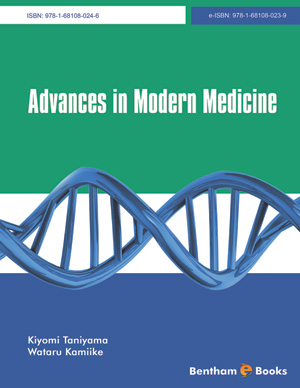Abstract
SHS investigation development is considered from the geographical and historical viewpoint. 3 stages are described. Within Stage 1 the work was carried out in the Department of the Institute of Chemical Physics in Chernogolovka where the scientific discovery had been made. At Stage 2 the interest to SHS arose in different cities and towns of the former USSR. Within Stage 3 SHS entered the international scene. Now SHS processes and products are being studied in more than 50 countries.
Abstract
Guidelines for the valuation of valvular heart disease by echocardiography recommend the quantification of severity. For accurate quantification, it is necessary to assume the mitral annulus (MA) area to calculate mitral stroke volume (SV). We applied and preliminarily verified a new method to calculate the MA area.
A Japanese man in his 60s without any abnormal cardiac findings including regurgitation in the aortic or mitral valve was simultaneously evaluated by a conventional and new method. The MA area was calculated by using a conventional method with an apical 4 chamber view (4CV) and apical 2 chamber view (2CV), and a new method with an apical commissure-commissure view (CCV) and apical 3 chamber view (3CV). Mitral SV was calculated from the MA area values by both methods and compared with left ventricular SV (LVSV) by using a modified Simpson method.
MA areas estimated by the new method were smaller than that those estimated by the conventional method. Mitral SV estimated by the new method was closer to LVSV than that estimated by the conventional method.
The new echocardiographic method to calculate an MA area with apical CCV and 3CV may be more exact and useful than the conventional method. The results in this case report suggest that further evaluation at a larger scale may yield promising results.
Keywords:
Echocardiography, Mitral annulus area, Stroke volume assessment, Valvular heart disease, Valvular regurgitation volume.
Recommended Chapters
We recommend

Authors:Bentham Science Books


 Download PDF Flyer
Download PDF Flyer



